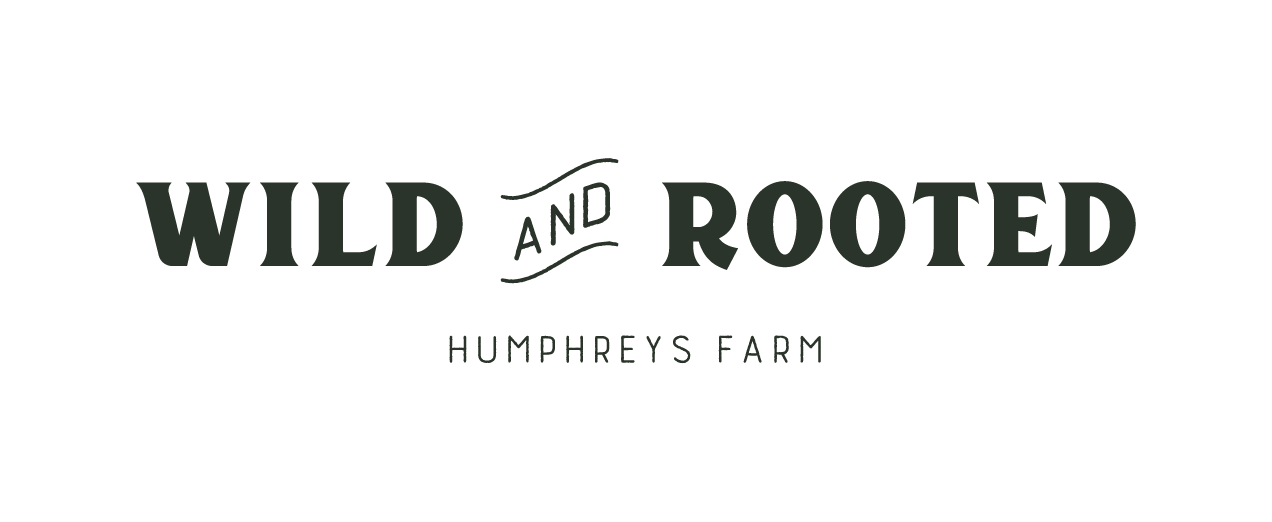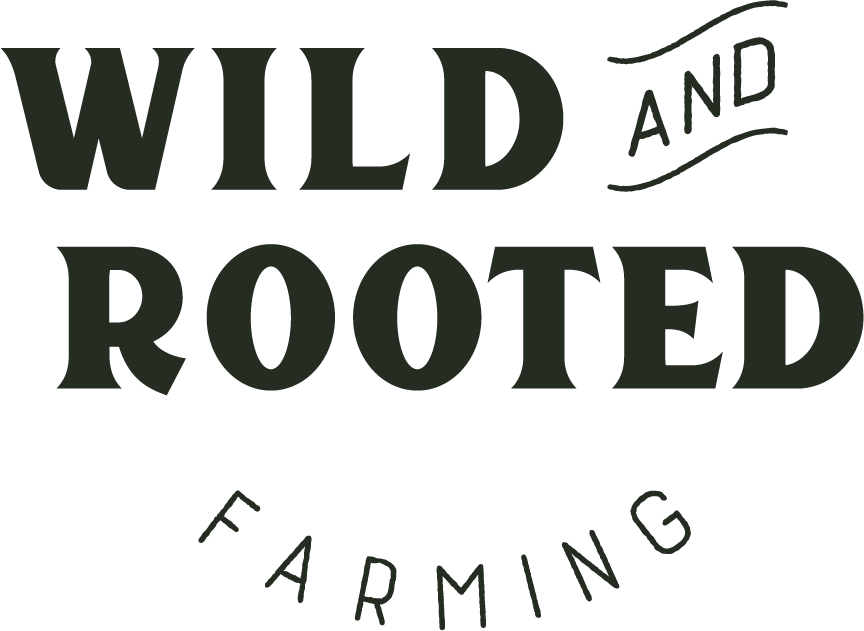Pasture for Life
The Pasture-Fed Livestock Association works hard to promote the benefits of produce raised exclusively on pasture and also the benefits for the wider environment. It’s the only certification mark for 100% grass-fed/pasture-fed, grain-free ruminant meat and dairy in the UK and it represents everything we’re trying to do here on the farm so naturally we knew we had to be a part of it.
Benefits for the planet
The carbon footprint of grass fed beef animals is significantly lower than that of grain-fed cattle (where cereal crops are grown to feed them). Grassland helps capture and store carbon so less is released into the air to harm the atmosphere. Grazing animals return nutrients and organic matter back to the ground as they deposit their dung, ensuring the soil remains healthy and fertile.
Pasture farmers sow legumes such as white and red clover, which help other grasses and plants grow without the need for chemical-based fertilisers, which can make the soil acidic and unhealthy, are expensive and made from non-renewable sources of energy. Pasture farms are alive with wildlife including many flowers, insects, birds and mammals.
Benefits for the cattle
Pasture-fed livestock are given the freedom to express their normal behaviours and often live in family groups. They feed on a natural diet of pasture and forage such as hay in winter. They are less likely to suffer from disease and require little veterinary attention or antibiotics.
Benefits for you the consumer
Lower total fat levels than meat from grain-fed animals and is also lower in saturated fat content. It has higher levels of omega-3 fatty acids and a lower, more balanced (and healthier) ratio of omega-6:omega-3 fatty acids. Higher vitamin and mineral levels than meat from grain-fed cattle. Particularly rich in vitamins A and E, and minerals such as calcium, magnesium and potassium
Pasture for Life Values:
Good for you, good for the planet, good for animals
Sustainable and ethical
Quality
A great association to be a part of, for more information visit their website here

